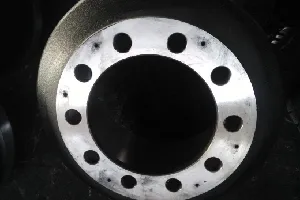The gasification process involves several stages drying, pyrolysis, oxidation, and reduction. Initially, the feedstock is dried to remove moisture, enhancing its energy content. Next, in the pyrolysis stage, the material is thermally decomposed into volatile gases and char at elevated temperatures, typically between 400°C to 800°C. The oxidation stage follows, where a controlled amount of oxygen or air is introduced, allowing combustion to occur partially. This is where the carbon in the feedstock reacts with the introduced oxygen to produce heat. The final stage is reduction, during which the remaining solid char reacts with steam or carbon dioxide to generate the syngas.








